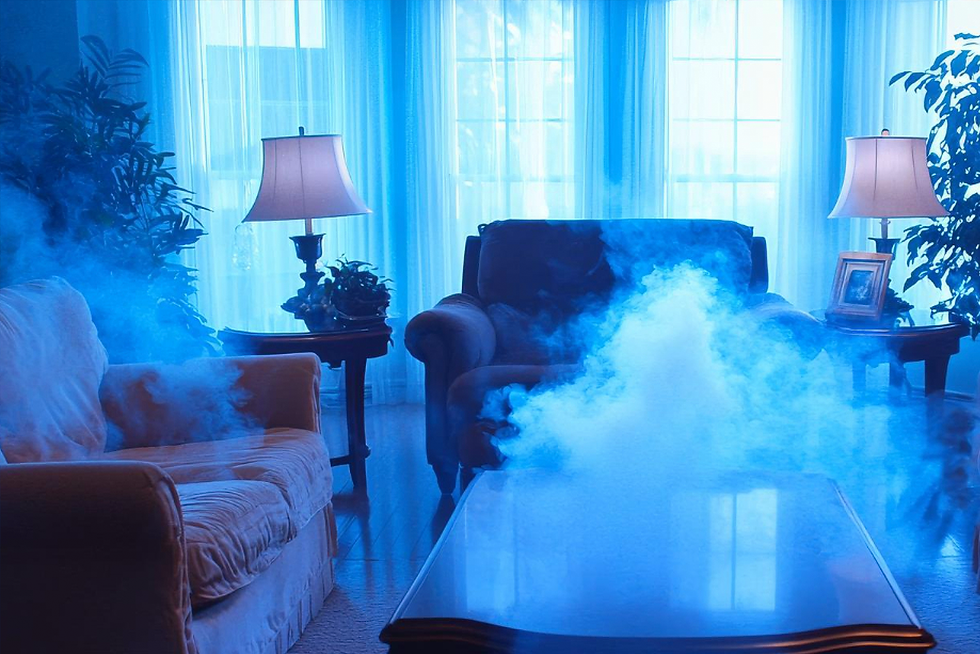A Quick Look at Indoor Allergens
- Corey Provencal

- Aug 3, 2010
- 2 min read
Most people with asthma or hay fever or other outdoor allergies think of their home as a haven where they can escape their allergies. Unfortunately, houses and apartment buildings harbor their own allergens (agents that cause allergy symptoms). The inside of your home actually traps allergens, making them impossible to avoid.
Although many allergens in your environment can trigger allergic symptoms, house dust is the main culprit in indoor allergies. What is house dust?
It varies depending on the type and age of your home, the temperature and humidity in the home, what you keep in the home (everything from food to clothes to furniture), and who lives in the home (human, pet animal, and plant).
Some dust is present in every home, regardless of how often or how thoroughly the house is cleaned. House dust is an airborne mixture that might contain fine particles of soil and plant material from indoors or outdoors, particles of human and animal skin (dander) and hair, fabric fibers, mold spores, dust mites, fragments of insects that have died and their waste, food particles, and other debris.
Although many substances in dust can trigger allergic symptoms, the most important indoor allergens are dust mites, pet dander, cockroaches, and molds.
Unlike seasonal allergies such as hay fever, indoor allergies may last all year long. Indoor allergens may provoke or worsen asthma symptoms, depending on a person’s unique sensitivities.
Indoor allergies tend to be at their worst in the late summer, when dust mites are at their peaks. Allergy symptoms can actually be worse in the winter when the windows are closed and people are shut in with the allergens.
Keeping your windows open at night during seasons of high outdoor pollen and mold count may worsen your allergy symptoms or asthma because these high-concentration outdoor allergens are allowed into your house to settle.
If you are sensitive to indoor allergens, you will continue to have symptoms as long as you are exposed to your allergens.
Sensitivity to indoor allergens is very common and occurs at every age. It is less common in children younger than 5 years. People most likely to experience allergic rhinitis are those in early school and early adult years.
•John P. Lapotaire, CIEC •Certified Indoor Environmental Consultant •Microshield Environmental Services, LLC •www.Microshield-ES.com www.CFL-IAQ.com









Comments